Leonurus japonicus
Leonurus japonicus
1. The products in our compound library are selected from thousands of unique natural products; 2. It has the characteristics of diverse structure, diverse sources and wide coverage of activities; 3. Provide information on the activity of products from major journals, patents and research reports around the world, providing theoretical direction and research basis for further research and screening; 4. Free combination according to the type, source, target and disease of natural product; 5. The compound powder is placed in a covered tube and then discharged into a 10 x 10 cryostat; 6. Transport in ice pack or dry ice pack. Please store it at -20 °C as soon as possible after receiving the product, and use it as soon as possible after opening.
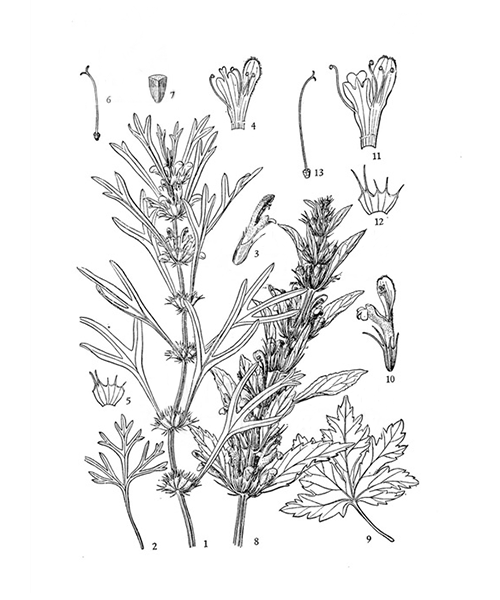
Natural products/compounds from Leonurus japonicus
- Cat.No. Product Name CAS Number COA
-
BCN2962
Guanosine118-00-3
Instructions
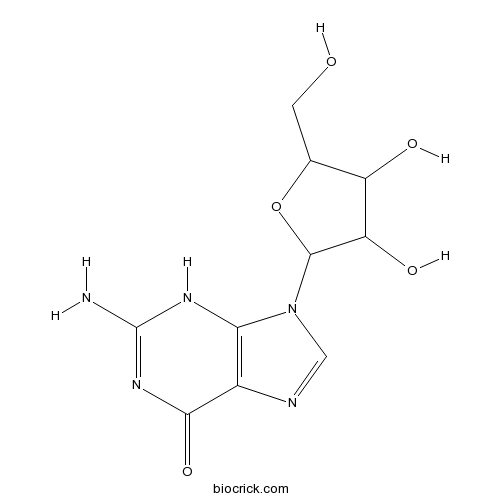
-
BCN1684
Rutin153-18-4
Instructions
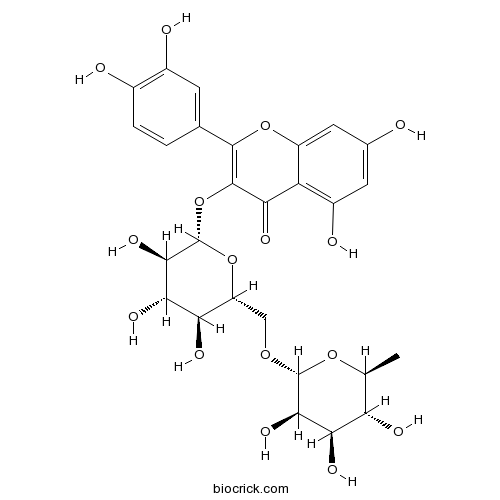
-
BCN4889
Tiliroside20316-62-5
Instructions

-
BCN8304
Leonurin monohydrochloride24735-18-0
Instructions

-
BCN5332
Stachydrine hydrochloride4136-37-2
Instructions

-
BCN5570
Hyperoside482-36-0
Instructions

-
BCN5582
Bergapten484-20-8
Instructions
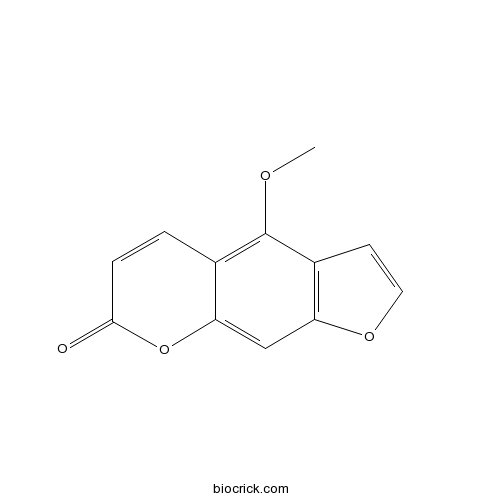
-
BCN5590
Daidzein486-66-8
Instructions

-
BCN3832
Vanillyl alcohol498-00-0
Instructions
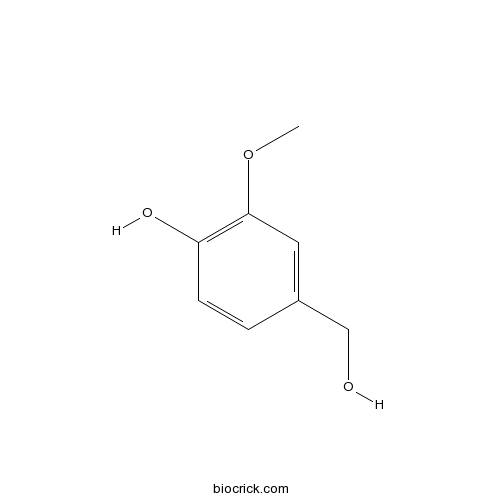
-
BCN5658
Apigenin520-36-5
Instructions

-
BCN5699
Syringic acid530-57-4
Instructions

-
BCN5796
Adenosine58-61-7
Instructions
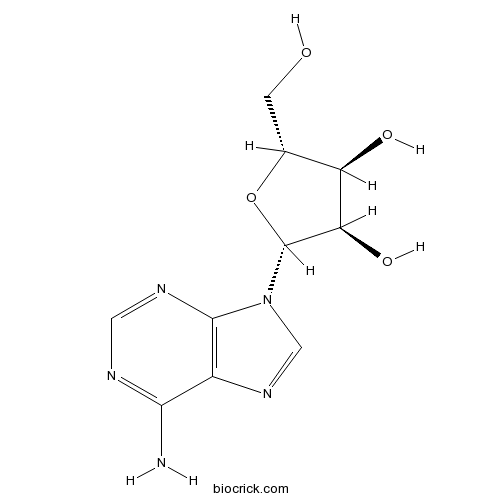
-
BCN4171
Wogonin632-85-9
Instructions

-
BCC4109
Salicylic acid69-72-7
Instructions

-
BCN4376
Stigmasterol83-48-7
Instructions
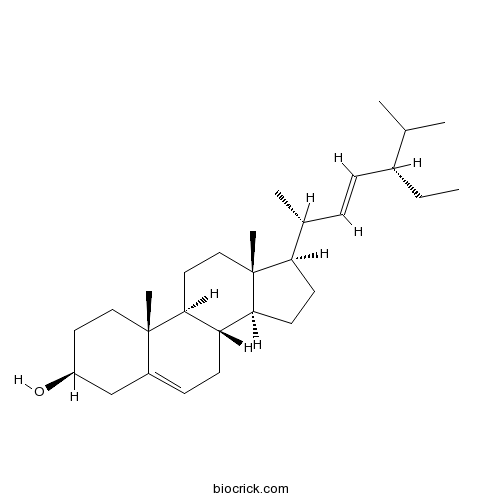
Angiogenic effect of motherwort (Leonurus japonicus) alkaloids and toxicity of motherwort essential oil on zebrafish embryos.[Pubmed: 29729400]
There is growing evidence that motherwort (Leonurus japonicus Houtt.), and Chinese patent medicines derived from motherwort, alleviate postpartum uterine subinvolution, as well as the effects on myocardial and cerebral ischemic injuries. We hypothesized that these beneficial effects of motherwort may be related to angiogenesis. To test this hypothesis, we investigated the angiogenic effects of motherwort total alkaloids and essential oil, as well as their respective primary components, on zebrafish embryos. Motherwort total alkaloids significantly increased angiogenesis in transgenic Tg (flk1: EGFP) zebrafish embryos treated with sunitinib, as did stachydrine, the most abundant alkaloid produced by motherwort. Unexpectedly, motherwort essential oil was toxic to zebrafish embryos. Our results indicated, for the first time, that motherwort alkaloids were potent angiogenic agents, while even low concentrations of motherwort essential oil were toxic. As angiogenesis is a critical aspect of postpartum recovery, our results provide evidence for traditional application of motherwort water decoction and its Chinese patent medicines (e.g. motherwort injection) to promote postpartum recovery.
A new labdane-type diterpenoid from Leonurus japonicus.[Pubmed: 29683345]
None
Two new labdane diterpenoids from aerial parts of Leonurus japonicus and their anti-inflammatory activity.[Pubmed: 29631433]
None
New diterpenoids isolated from Leonurus japonicus and their acetylcholinesterase inhibitory activity.[Pubmed: 29329613]
Three new labdane diterpenoids, leojaponicone A (1), isoleojaponicone A (2) and methylisoleojaponicone A (3), were isolated from the herb of Leonurus japonicus. The chemical structures of these secondary metabolites were elucidated on the basis of 1D and 2D NMR, including HMQC, and HMBC spectroscopic techniques. All the new compounds were tested in vitro for their acetylcholinesterase and α-glucosidase inhibitory activity. Compounds 1-3 exhibited low inhibitory effects on α-glucosidase with respect to acarbose and exhibited high inhibitory effects on acetylcholinesterase with respect to huperzine A.
Leonurus japonicus Houtt Attenuates Nonalcoholic Fatty Liver Disease in Free Fatty Acid-Induced HepG2 Cells and Mice Fed a High-Fat Diet.[Pubmed: 29295591]
None
Alkaloids and flavonoid glycosides from the aerial parts of Leonurus japonicus and their opposite effects on uterine smooth muscle.[Pubmed: 29127939]
The crude extract and some Chinese patented medicines of Leonurus japonicus Houtt. have been proven to affect the uterine smooth muscle. L. japonicus injection is widely used in obstetric departments in China for treating postpartum hemorrhage caused by uterine inertia. Bioassay-guided isolation of the 95% EtOH extract of L. japonicus yielded four cyclopeptides, nine alkaloids, and three flavonoid glycosides, including two previously undescribed cyclopeptides, namely, cycloleonuripeptide G and cycloleonuripeptide H. The structures of the cyclopeptides were elucidated to be cyclo-(L-Phe-L-Phe-Gly-L-Pro-Gly-L-Pro) and cyclo-(L-Phe-L-Ala-L-Pro-L-Ile-L-His-Gly-L-Ala-L-Pro), respectively, via spectroscopic and chemical methods. Cyclopeptides (cycloleonuripeptides C and D) and alkaloids (imperialine-3β-D-glucoside and leonurine) promoted contraction of uterine smooth muscle strips isolated from normal rats. However, it was observed that flavonoid glycosides (spinosin, linarin, and apigenin-7-O-β-D-glucopyranoside) significantly inhibited contraction of the uterine smooth muscle strips.
[Optimize concentrate process of alkaloid from Leonurus japonicus by ultrafultration-nanofiltration coupling technology].[Pubmed: 28945032]
To optimize the concentrate process of alkaloid from Leonurus japonicus by nanofiltration-ultrafiltration coupling technology with response surface methodology. The experiment showed that after ultrafiltration pre-treatment, the total protein removal rate was 94.38% in aqueous extract from L. japonicus, and the nanofiltration technology had obvious advantages over the conventional concentrate process. The optimal concentrate conditions were as follows:molecular weight cut-off 450, pH 3.07, concentration of stachydrine hydrochloride 80.15 mg•L⁻¹, and concentration of the total alkaloid 285.73 mg•L⁻¹. The cut-off rate was 93.37% and 95.85% respectively for stachydrine hydrochloride and the total alkaloid under the optimum conditions, with a relative error of 0.79% and 1.16% respectively. The combination of Box-Behnken design and response surface analysis can well optimize the concentrate process of L. japonicus by nanofiltration, and the results provide the basis for nanofiltration concentrate for heat-sensitive traditional Chinese medicine.
Soluble epoxide hydrolase inhibitory activity of components from Leonurus japonicus.[Pubmed: 28501602]
One new compound, 10-methoxy-leonurine (1), and four known compounds (2-5) were purified by silica gel, C-18, and Sephadex LH-20 column chromatography from Leonurus japonicus. Their structures were elucidated using one-dimensional (1D)/two-dimensional (2D)-nuclear magnetic resonance (NMR), high-resolution (HR)-electrospray ionization (ESI) mass spectrometry (MS). The compounds were evaluated to determine their inhibition of the catalysis of soluble epoxide hydrolase (sEH). According to the results from in vitro analyses, compounds 1 and 2, which contain guanidine and flavonoid (3), were determined to be potential inhibitors of this enzyme. All compounds were revealed to be non-competitive inhibitors according to Lineweaver-Burk plots. Furthermore, in silico molecular docking indicated that compounds 1-3 are bound to sEH in a similar fashion and have stable binding energies, as calculated by AutoDock 4.2. Molecular dynamics determined the root-mean-square deviation (RMSD), total energy, RMS fluctuation (RMSF), hydrogen bonds, and distance of the complex according to time.


